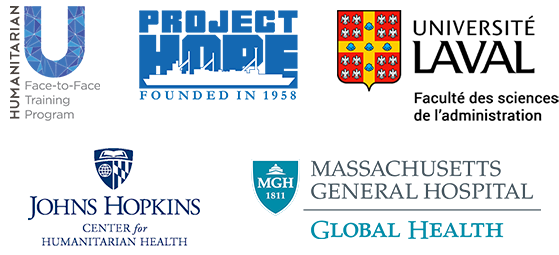A showcase of the importance of training, certification and preparedness in rapid response humanitarian aid.
Just 20 miles from the heart of Middleburg lay “Simlandia,” a (fictional) fragile, unstable democracy plagued by corruption, poverty and political violence, afflicted by environmental challenges such as flood and drought. The replica disaster zone, which was hit by a devastating tsunami that worsened conditions in a nation already slammed by civil conflict, was the centerpiece of a four-day disaster and humanitarian response training workshop in April hosted by Project HOPE, an international leader in global health development and emergency relief programs.
“Training for disasters is vital to a positive outcome, but according to Skopec, when it comes to emergencies you’re never fully prepared. “The onset is rapid,” he says. “Each scenario is unique in and of itself. Preparedness is really what’s going to make a difference with how effective your response is, how many lives have been saved, how much you can support and recover with the affected communities.”
Krishnaraj agrees, saying that one can never prepare too much. “These simulation exercises were first developed over a decade ago. We saw that there was an immense need for the professionalization of the humanitarian sector, but just because you are a physician doesn’t mean you have the necessary competency and abilities to be a humanitarian physician. It’s a completely different world.”
Read the full article here.


